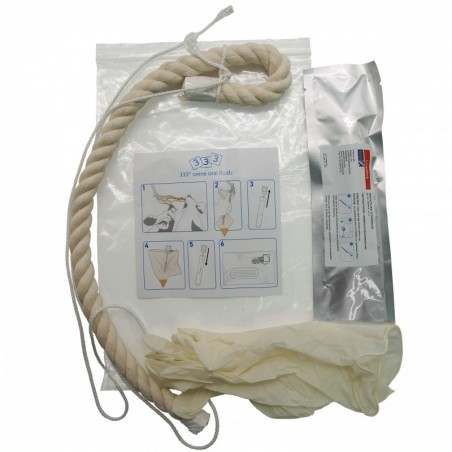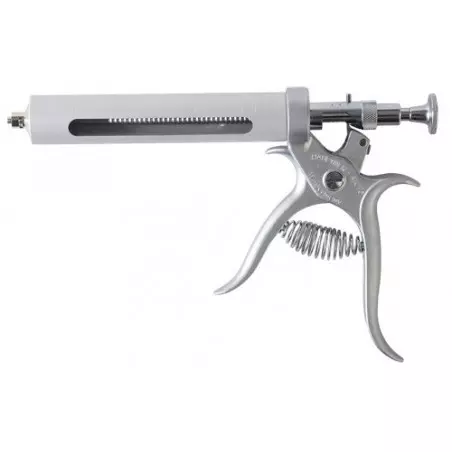A few years ago, oral fluid was not in the vocabulary of swine veterinarians or producers. While many may still be weary of the concept, odds are they have at least heard of using cotton ropes to collect diagnostic samples from pigs. After a brief acclimatization or training period (for pigs and veterinarians!), samples can be collected from pens of pigs as pen-based samples or from individually crated animals. Oral fluid samples can at times replace traditional blood testing while requiring less labor and technical skill. Also there is clearly reduced stress for people and pigs, which is becoming important in modern food animal production.
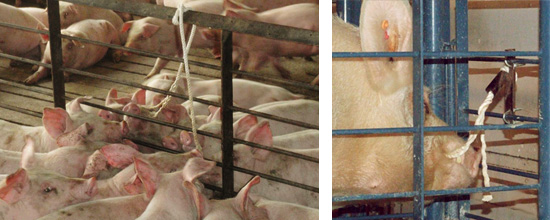

Oral fluid has been used for diagnostic purposes for over one hundred years. Oral fluid contains components native to the oral cavity in addition to components continuously transported from circulating blood into the oral cavity, making it a valuable diagnostic sample. It was in the mid 1980’s when human oral fluid research became well funded after researchers studying the then new human immunodeficiency virus (HIV) used oral fluid to identify infected patients. Subsequent rapid progress was made in diagnostic technology designed for oral fluid samples.
The concept of using oral fluid in veterinary diagnostics was only recently introduced a few years ago and there is much work to be done to reach the potential value of the sample. However, work has demonstrated that oral fluid can be used for the detection of several diseases affecting the health and profitability of commercial swine herds such as porcine respiratory and reproductive syndrome virus (PPRSV), influenza virus, and porcine circovirus type 2 (PCV2), among others. Work continues around the world to develop new tests and validate existing tests for use with pig oral fluid samples.
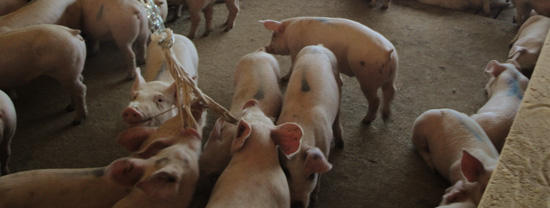
Human oral fluid has been studied extensively. It has been established that oral fluid reflect concentrations of hormones, drugs, antibodies, viruses, and other components found in serum or locally in the oral cavity. Diagnostically, oral fluid has some advantages over serum. Typically, serum testing uses antibodies produced in response to infection such as IgG. In oral fluid, there are also high concentrations of other types of antibody (IgM and IgA) that are useful for diagnostic tests and reveal additional information compared to IgG. IgA is primarily for mucosal immunity (secreted to act on surfaces rather than in the circulatory system) and can be used to detect non-systemic diseases. IgM is the first antibody produced during an infection and can be indicative of early stages of disease. The ability to detect all three antibodies adds to the usefulness of oral fluid testing and oral fluid is becoming a practical method to screen early infections.
Similarly to serum, oral fluid can be tested for the presence of pathogens via polymerase chain reaction (PCR). Testing oral fluid via PCR does require tests that have been optimized for oral fluid. Research is under way to better refine PCR testing to increase the detection capabilities of oral fluid and to expand the number of pathogens that can be tested for. When submitting samples to your veterinary diagnostic laboratory be sure to identify the sample as oral fluid to obtain the most accurate results.
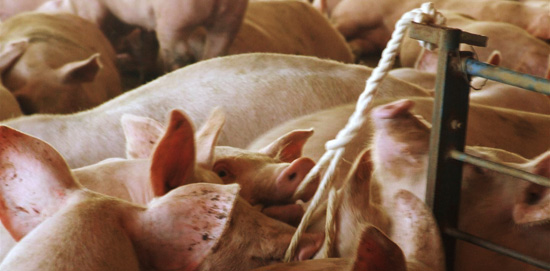
There are some potential situations in commercial pig production where oral fluid could offer improved welfare and labor savings over blood testing while also providing means to collect data more frequently. More frequent data translates to timely and targeted interventions. For example, oral fluid could be used to monitor gilts in isolation for PRRSV and influenza to minimize risk of introducing infected animals into the sow herd. In wean-to-finish or grow-finish populations, oral fluid can be collected from the same pens over time to asses health in the context of group performance. Or simply to achieve results in a diagnostic investigation.
Cumulatively, oral fluid sampling is a new tool that can be added to the swine production toolbox. Experimental and field research results have been promising and the use of oral fluid has been consistently increasing. Is it too much to hope that some day we won’t need snares and needles? Probably. There will always be a necessity for individual animal blood diagnostics, but I expect we will see a lot more “hog spit” showing up at diagnostic labs in the future.




